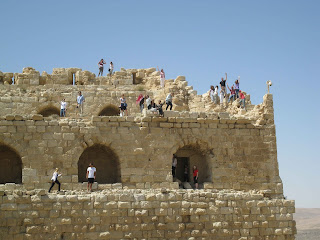Military Dictatorship in Egypt - now fully in place
What is determining Egypt's future is not happening at the polls. - Sherine Tadros, Al-Jazeera [SCAF’s] new constitutional declaration completed Egypt ’s official transformation into a military dictatorship . - Hossam Bahgat, Egyptian Initiative for Personal Rights Egyptians were depressed leading up to this weekend’s presidential elections – from business men to college students to waiters and taxi drivers, people I’ve met all week keep using this word: “depressed.” It reflects the horrible political situation, and it reflects the dismal, “depressed” economic situation. And for all of them, personally, it reflects their moods. And so, there was zero enthusiasm for either of the two choices Egyptians were facing at the polls on Saturday and Sunday: the Muslim Brotherhood leader Mohammad Mursi and the regime’s candidate Ahmad Shafiq. There is nothing to boost Egyptians' spirits now that the results are coming in. No matter who is




